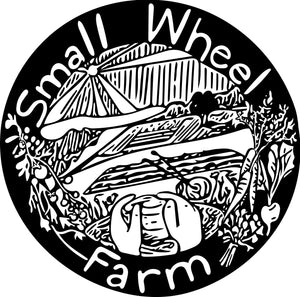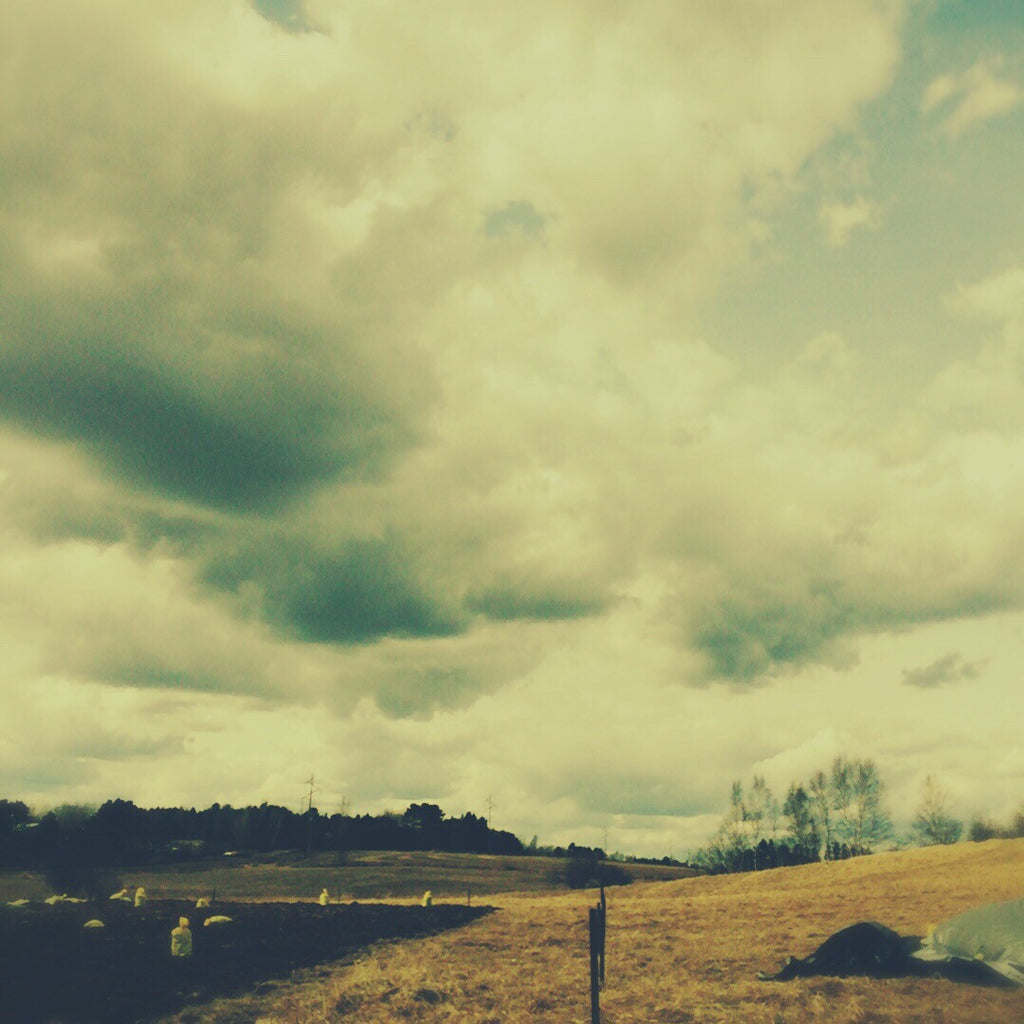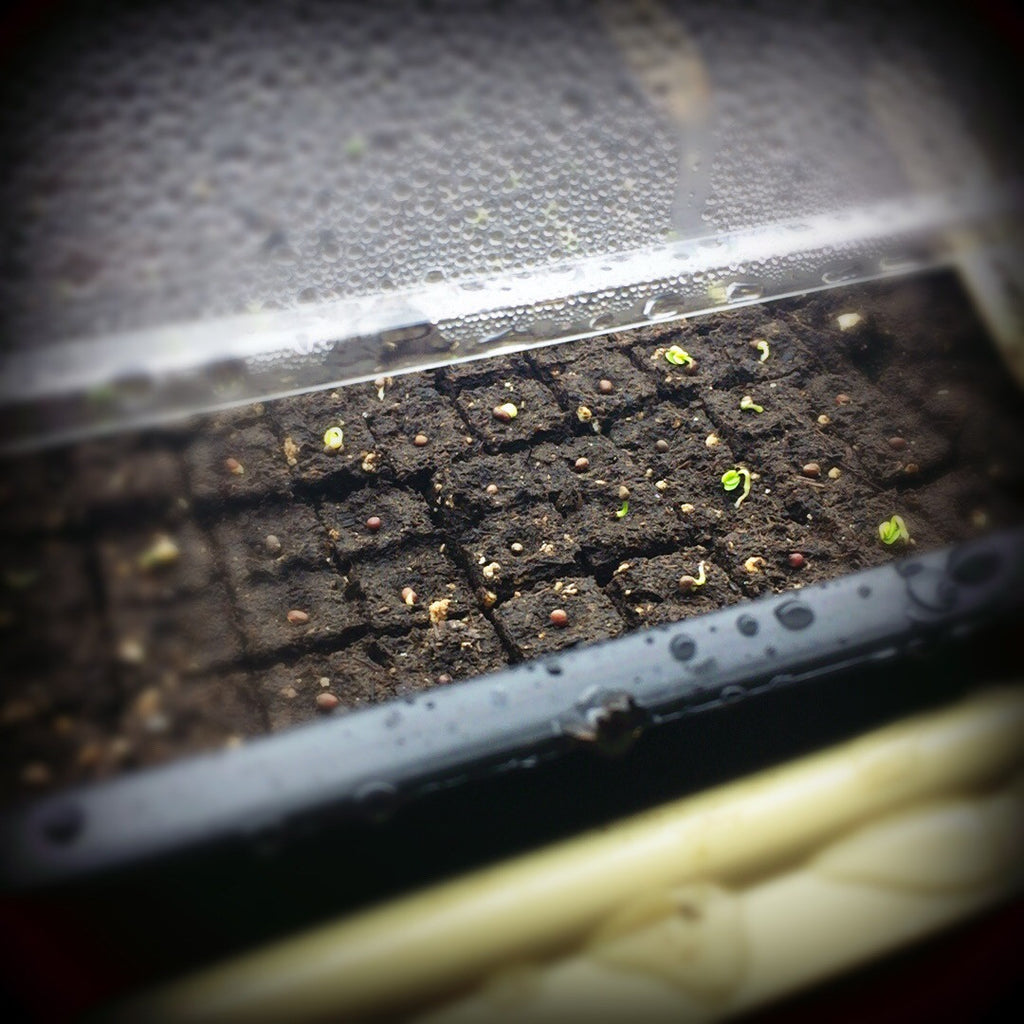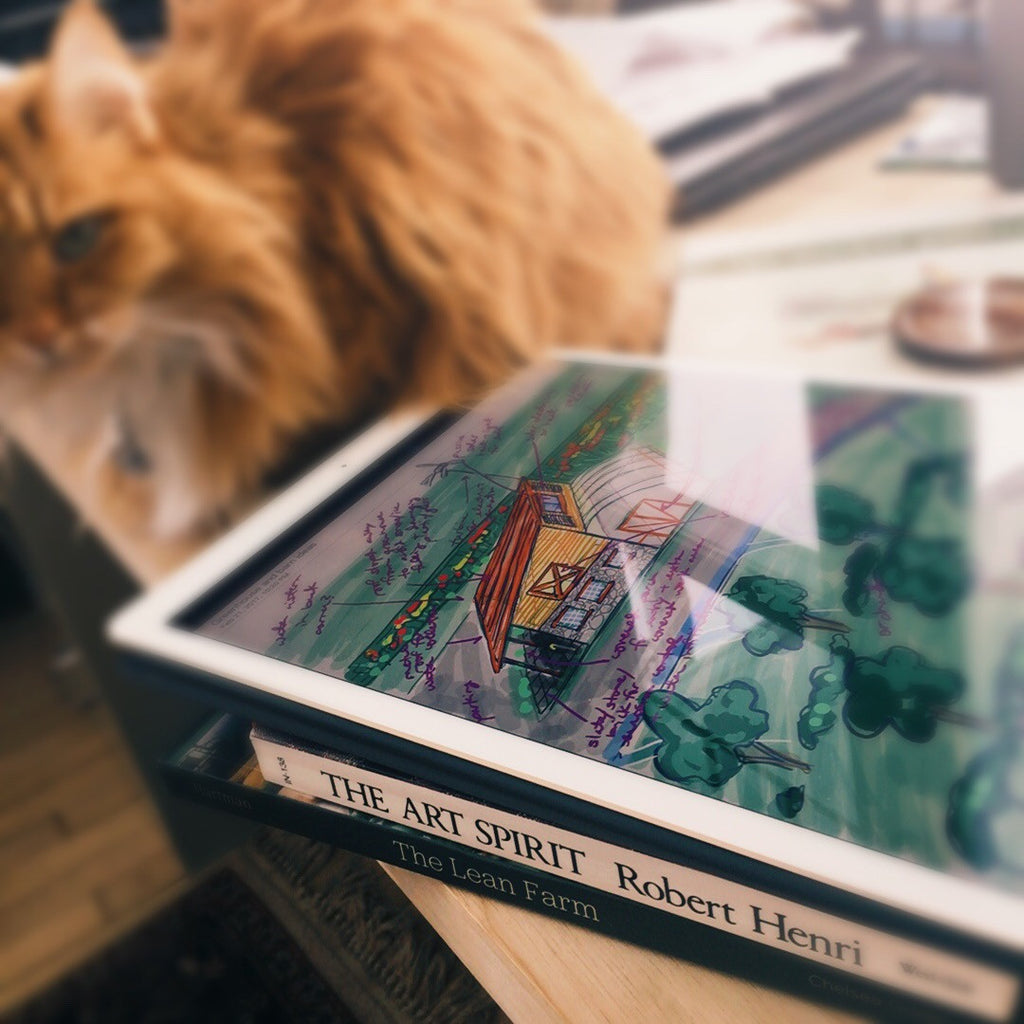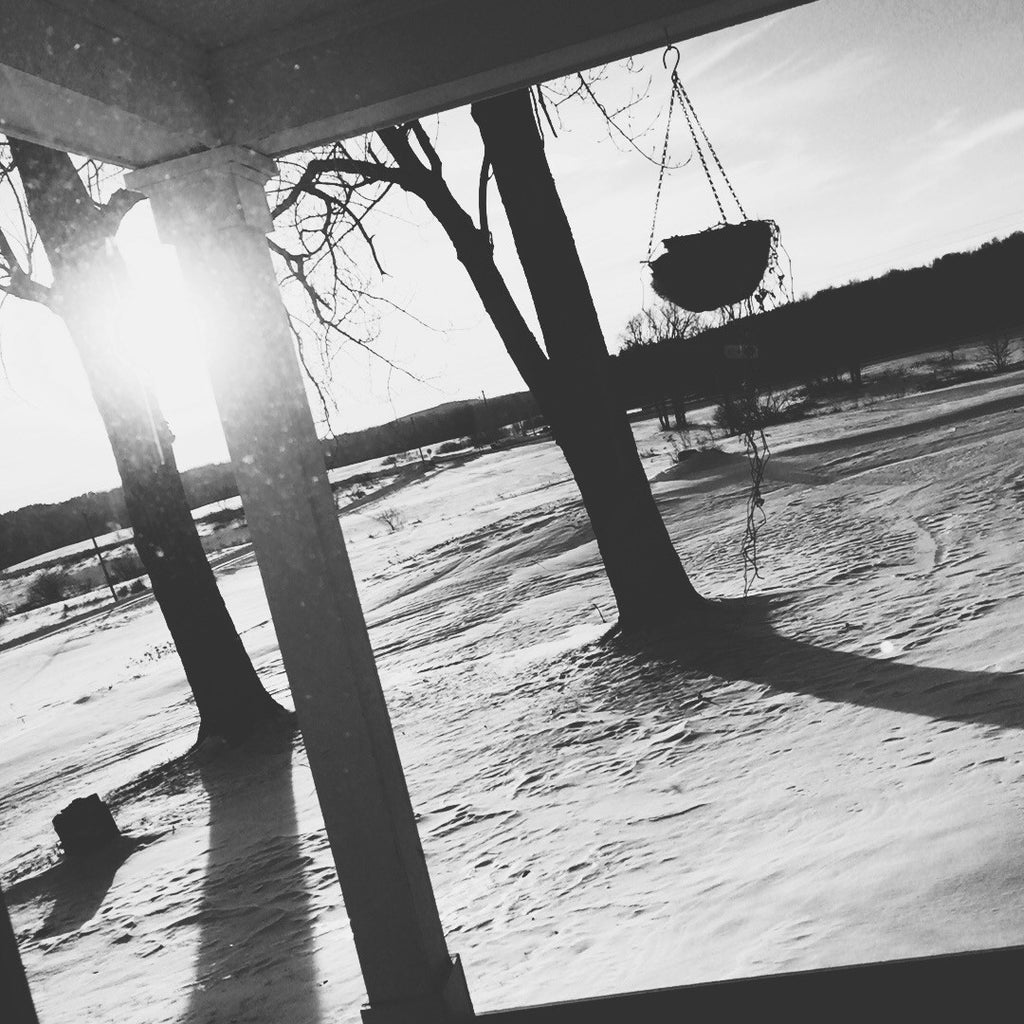Snow and Soil Fertility
By Rebecca Gramdorf
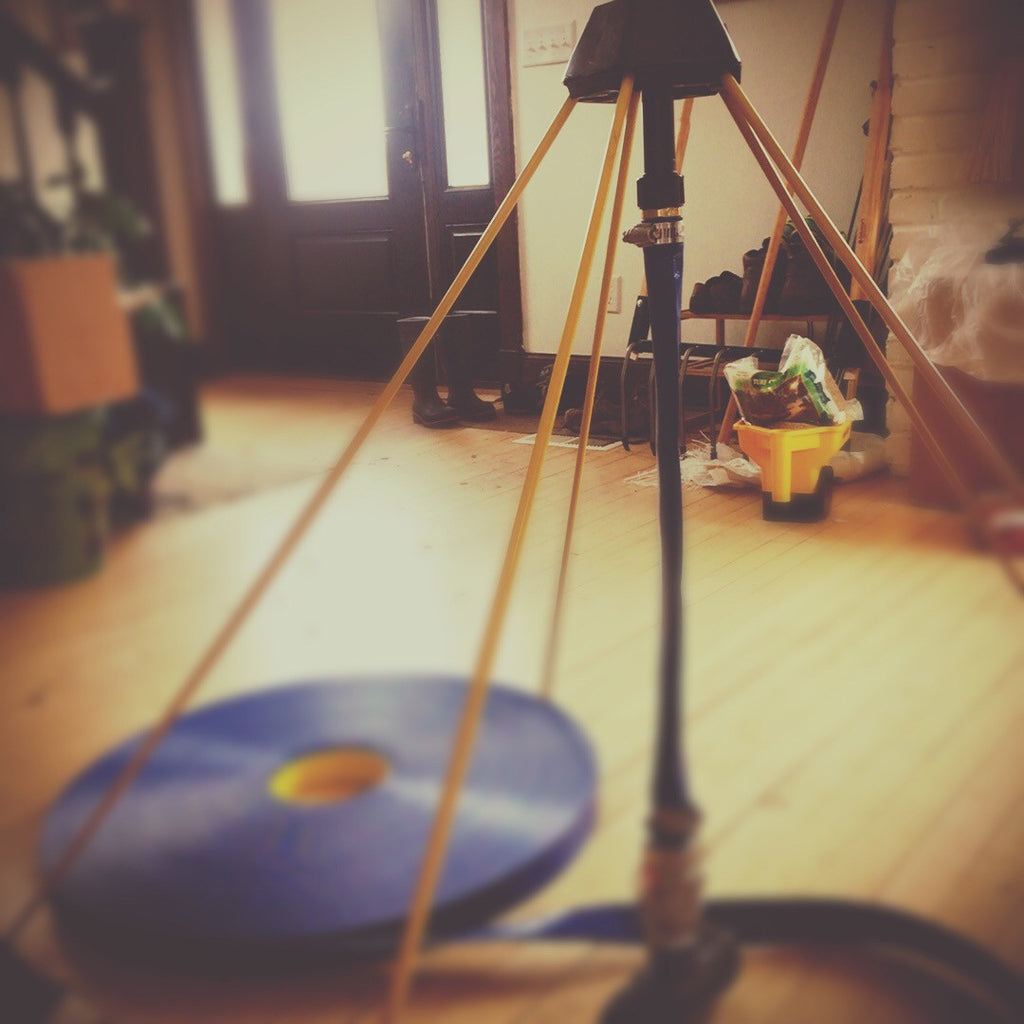
Yesterday was Peter's birthday. It was snowy and sort of gross, so I took the day mostly off--planning a good dinner in celebration of the big day, making some Guinness chocolate ice-cream, and reading a new farm book--Teaming with Nutrients--which is all about how plants eat. Today it is still cold and there is still snow out on the fields, so I have been spending the day doing work inside. I thinned the chard plants, finished ordering soil amendments/fertilizer and have been struggling with my irrigation equipment parts trying to get the fittings to get into the hose--gosh it is harder than it seems like it should be!
Peter and I have both been thinking a lot about our soil and what we need to accomplish in order to get our plants in the ground with the conditions and fertility they need to thrive. We started working the soil and at this point have done an initial till on all the beds. When it warms and dries up a bit I will get back out and use the power harrow to create permanent beds. Then, all there will be do is add soil amendments and put the seeds and plants in the ground.
It was an interesting puzzle deciding what soil amendments to purchase in order to give our soil what it needs and avoid what it is already high in. We had our soil tested so that we knew what we were starting with and found we were low in a few key nutrients, and high in a couple others. Anyways, there is a lot to consider and I am oh-so-greatful to experienced growers who have published all of their knowledge so that beginners like us can look up recommendations about what soil composition you should strive for in order to optimize fertility. I have relied heavily on Gary Zimmer's book Advancing Biological Farming and Peter has referenced Michael Phillips, guru of the apple-growing world, for many recommendations. After researching recommendations, doing some math, looking at different products and problem solving, I came up with a set of products that I think will work for us--lime, humates and micronutrients mix, calphos, chicken crumbles and a balanced organic fertilizer blend--and that should help us correct the soil's deficiencies as well as feed this year's plants.
As I wrap up writing today, I want to say how excited we are to get the soil ready and start getting plants outside. Hopefully it warms up soon!! After getting a taste for the Duluth Farmer's Market last weekend, I am anxious to be back there selling all our veggies. What a great space and community.
Well, thanks for reading! I need to get going and clean up the kitchen. The farm has taken over in there!!
